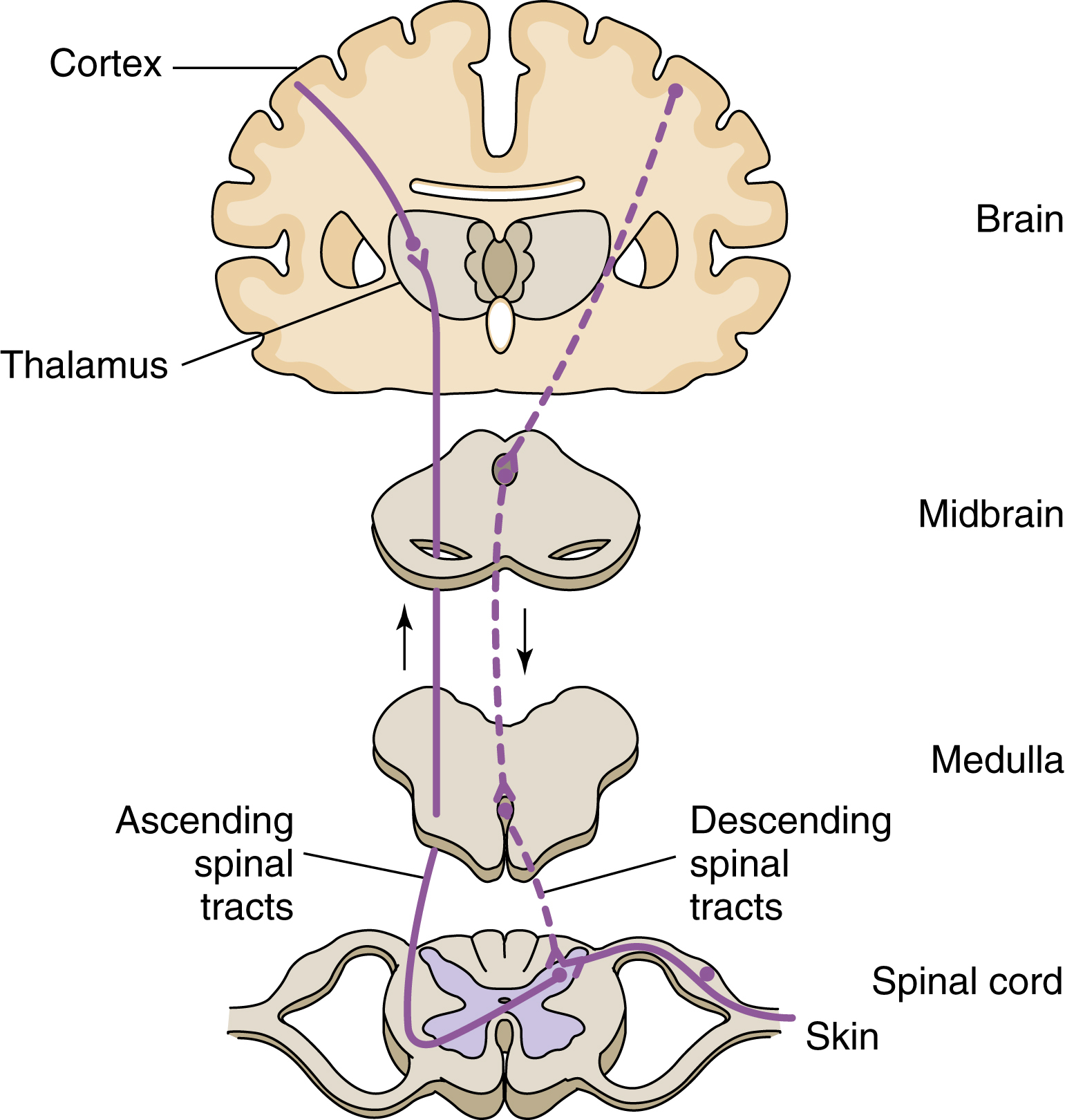pain receptor, any one of the many free nerve endings throughout the body that warn of potentially harmful changes in the environment, such as excessive pressure or temperature. The free nerve endings constituting most of the pain receptors are located chiefly in the epidermis and in the epithelial covering of certain mucous membranes. They also appear in the stratified squamous epithelium of the cornea, in the root sheaths and the papillae of the hairs, and around the bodies of sudoriferous glands. The terminal ends of pain receptors consist of unmyelinated nerve fibers that often anastomose into small knobs between the epithelial cells. Any kind of stimulus, if it is intense enough, can stimulate the pain receptors in the skin and the mucosa, but only radical changes in pressure and certain chemicals can stimulate the pain receptors in the viscera. Referred pain results only from stimulation of pain receptors located in deep structures, such as the viscera, the joints, and the skeletal muscles, and never from pain receptors in the skin.

